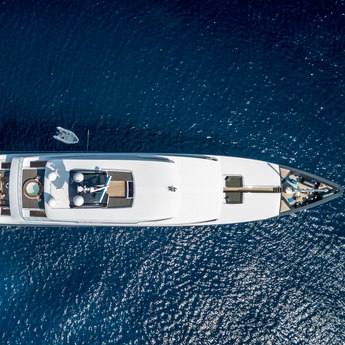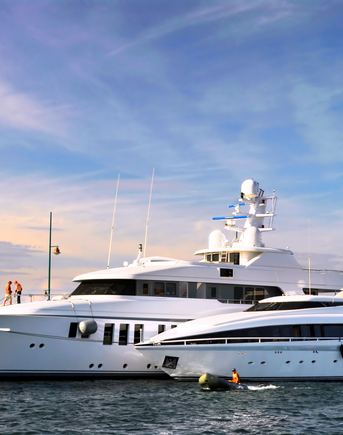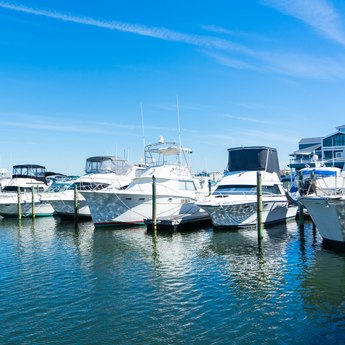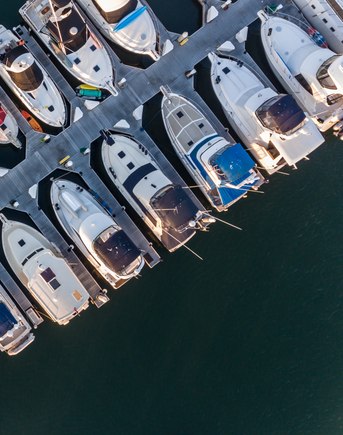Recent years have witnessed a significant transformation in the design of SOLAS rescue tenders. Formerly recognized as bulky orange structures dominating superyacht foredecks, these tenders now serve dual roles, functioning as both sleek transportation vessels and sport boats.
Despite their versatility, they continue to meet legislative requirements. While they offer reliability and practicality, it's important to remember their primary function: to serve as recovery and marshaling vessels for liferafts in emergency situations aboard the main yacht.
What are the SOLAS Requirements?
Every yacht exceeding 500GT must possess a rescue boat that adheres to the Safety of Life at Sea (SOLAS) regulations, which primarily include:
- Boats must be 3.8-8.5m in length.
- They must have the capacity to accommodate five individuals and a stretcher. Occupants should be able to sit together without impeding the propulsion system or the operation of any equipment.
- Boats must function in water temperatures ranging from 1-30°C and be operable in air temperatures as low as -30°C.
- They must be able to do at least six knots when fully loaded for up to 24 hours.
- They must be stable in a seaway when fully loaded, and be able to be launched under all conditions with up to 20° of heel.
- They must also be able to launch when the mothership is doing five knots in calm water.
- Boats need an automatic self-righting system including engine restart following a capsize.
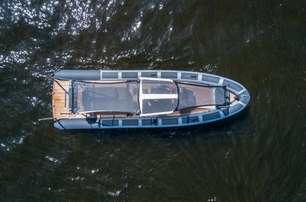
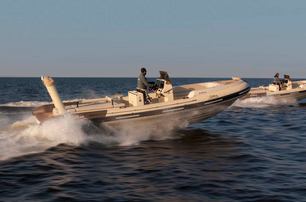

The regulations impact various aspects of the construction, including hull design and the maintenance of thorough documentation. Moreover, obtaining classification for a new SOLAS tender involves extensive testing, both during construction and on the water. This encompasses 3m (10ft) drop tests, self-righting assessments, as well as endurance and heavy weather sea trials.
Considerations When Buying a SOLAS Rescue Tender
It's important to consider that SOLAS-compliant rescue boats may be provided ex-VAT, but only if they are dedicated solely to rescue purposes by the yacht.
Also, keep in mind that repurposing a SOLAS tender as a guest-friendly vessel could compromise its effectiveness in rescue operations. To overcome this, many owners opt for a smaller, specialized SOLAS tender alongside a larger one for guests.
Several shipyards offer custom services for approved tenders and can adjust or supply SOLAS tenders. When choosing a dual-use tender, modifications may include stowage, lifting, launching, seating, weight, and specific design aspects, ensuring it meets your standards. Furthermore, building a new custom SOLAS tender typically requires more time, so plan accordingly.
Key Features
- Between 3.8-8.5m (12.4-27.8ft) in length
- Seat a minimum of five people and a stretcher
- Automatically self-right following a capsize
- Can be custom-designed to serve as a dual-purpose tender


